Deck & Commander Strategies

Ramos, Dragon Engine
The Ramos deck relied on the mutate mechanic and on-cast triggers to build up Ramos and disrupt opponents' boards.
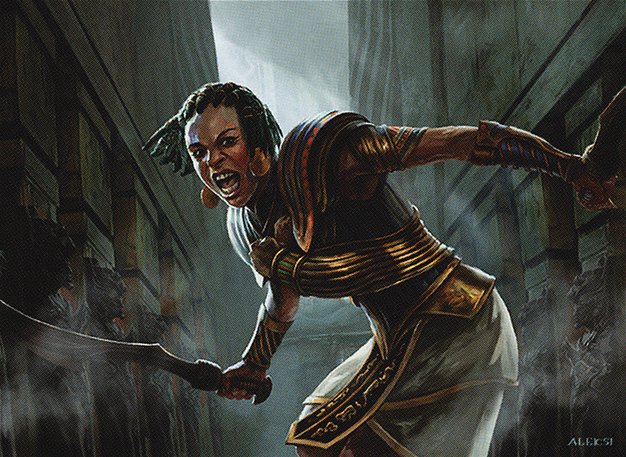
Samut, Voice of Dissent
Samut's strategy seemed to be a token generation strategy, bolstered by Doubling Season and Assemble the Legion.
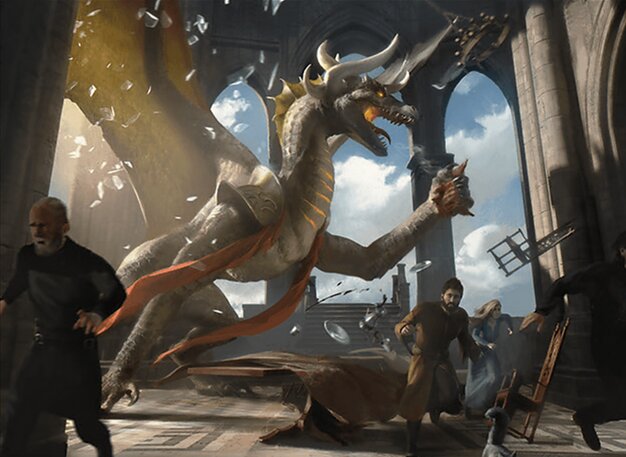
Korvold, Gleeful Glutton
The Korvold deck leveraged land sacrifice effects to feed Korvold, draw cards and generate value.
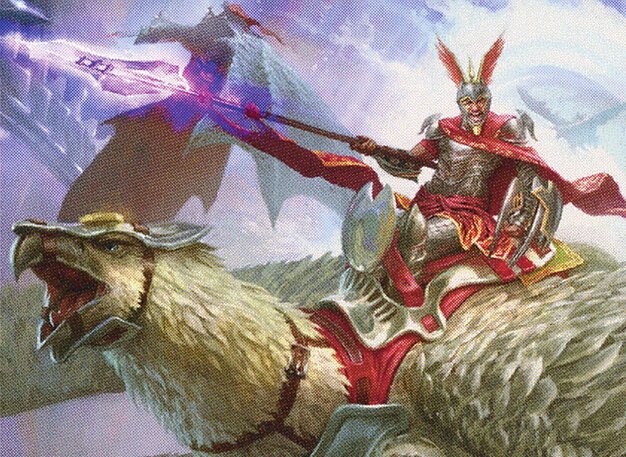
Sidar Jabari of Zhalfir
The Sidar Jabari deck focused on knight tribal synergies and aggressive combat strategies.
Gameplay Insights
- 1
Mackenzie's use of Taste of Death was a pivotal moment, massively shifting the board state in his favor.
- 2
Maximus' use of Jeska's Will to fuel a powerful turn, setting up Doubling Season for future plays was a strategic decision that had a significant impact on the game.
- 3
The Ramos pilot's use of mutates and on-cast triggers effectively disrupted opponents' boards while building up an overwhelming presence.
Notable Cards
-
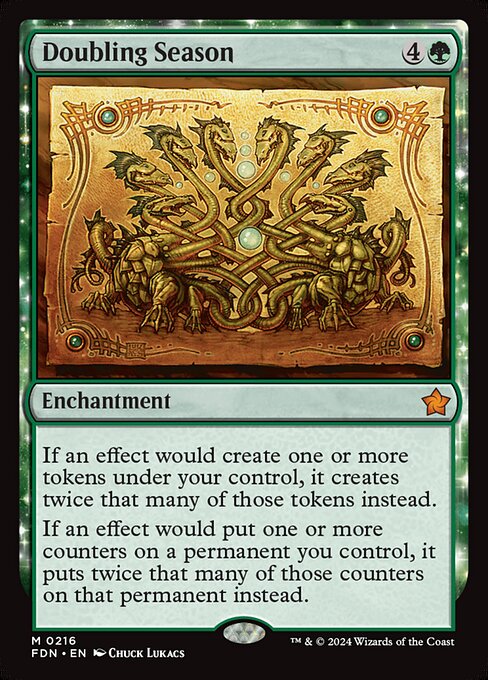
Doubling Season
-
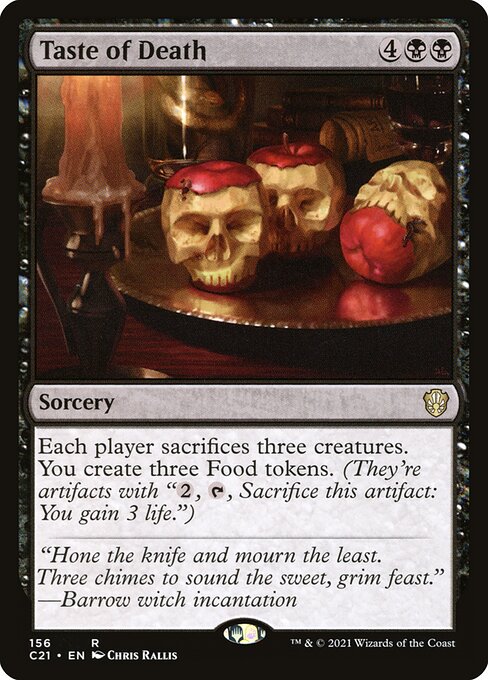
Taste of Death
-
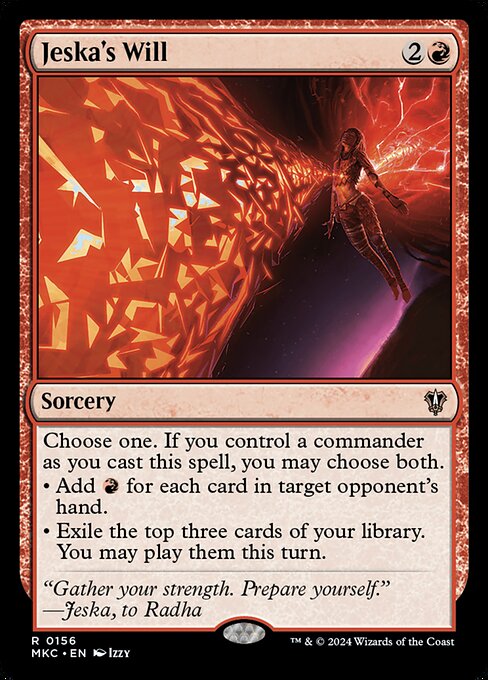
Jeska's Will
-
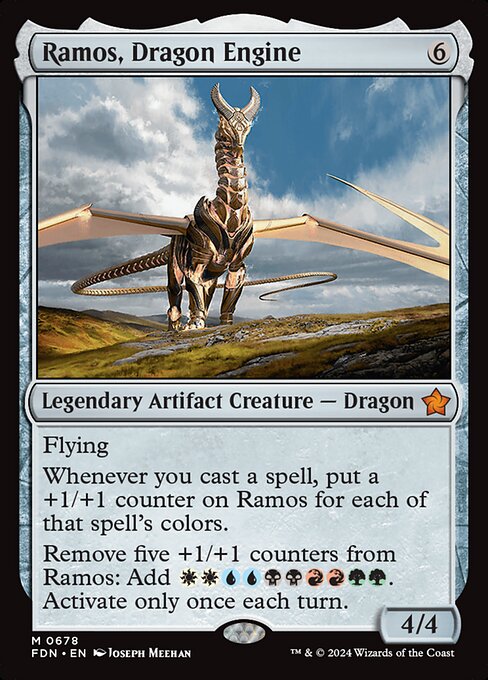
Ramos, Dragon Engine
-

Korvold, Gleeful Glutton
Gameplay Summary
The game started off with a series of rapid plays, with each player building up their resources and establishing their board presence.
Mackenzie, piloting Korvold, quickly set up a synergy revolving around Riveter Overlook and various land sacrificing effects, gaining incremental advantage.
Maximus' Samut deck was slower to start, but a well-timed Jeska's Will fueled a powerful turn, bringing out Doubling Season and setting up for future plays.
Mackenzie's Taste of Death turned the tides, forcing each player to sacrifice three creatures and creating a surge of food tokens for Mackenzie.
The game ended with a flurry of plays from the Ramos pilot, using mutates and various on-cast triggers to build up Ramos, force discards, and draw cards, leading to an overwhelming board state.





























![Commander VS S7E4: Hapatra vs Samut vs Temmet vs Neheb [MTG] thumbnail](https://i.ytimg.com/vi/oZSx_7WMoTE/sddefault.jpg)












